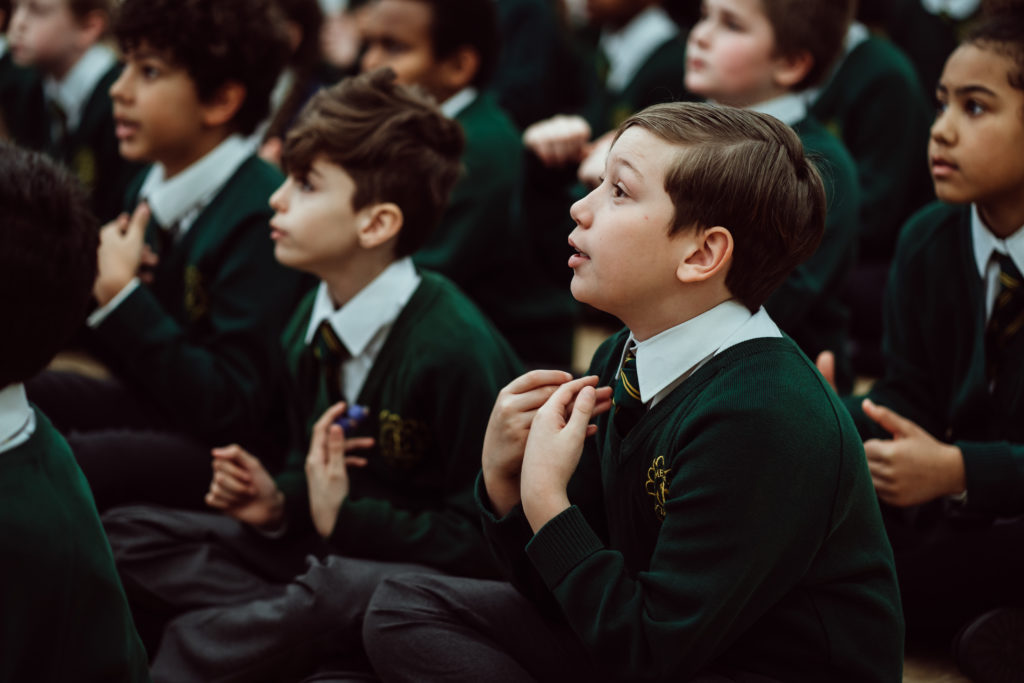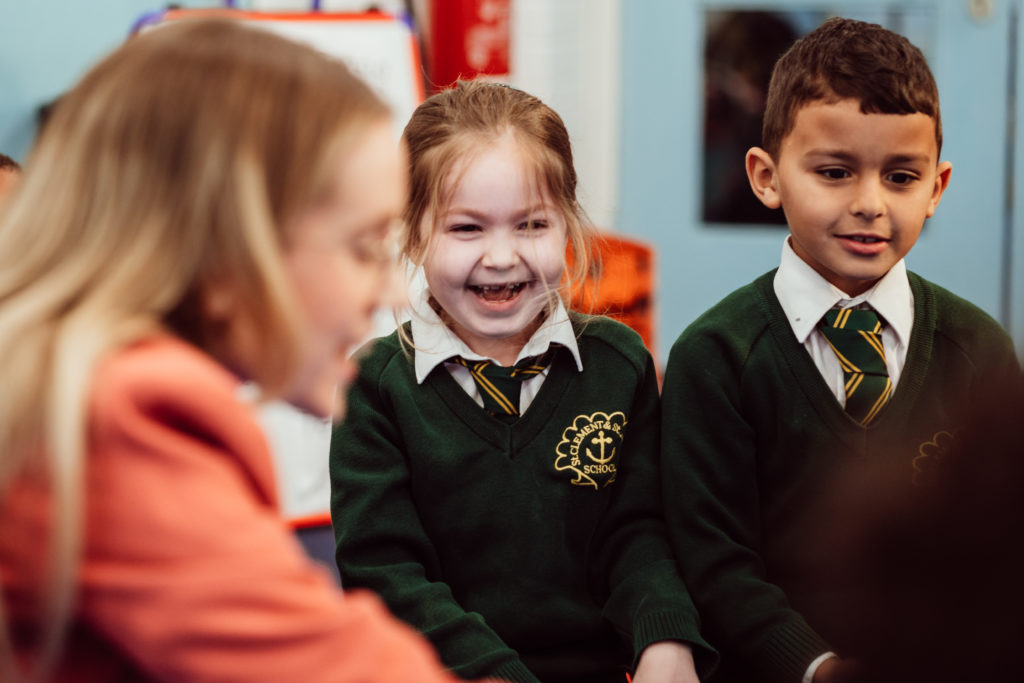
For children who have difficulty engaging or communicating, music can be a way in which to explore this. Singing assemblies and curricular lessons are an opportunity for all children to make music together and to create something powerful and transformative. Learn how Sing Education addresses their needs.


How do you create an outstanding primary school music programme that is engaging, impactful and shaped to fit each pupil’s needs?
Here’s some insight into Sing Education’s well-regarded approach…
Our music lessons are designed to keep children engaged through a variety of short activities leading onto one another, rather than focusing on one activity for a long period of the lesson. Our partner SENDCo’s reflected that this structure, embedded into our whole curriculum, is inclusive in nature.

Anyone in a classroom setting knows that long gaps and explanations are opportunities for children to disengage, and this can be even more important for some children with SEND. This is why it is integral to our teaching style to keep singing and making music throughout the lesson.
Our teachers use musical gestures to aid transitions and many schools experience a positive impact when implementing this across the wider life of the school.
Routine forms a key role in creating inclusive music lessons. Many of our routines, such as welcoming the class, are covered as part of our classroom management training and form one of our ‘5 Elements’, which enable the Sing Education team to create a positive music classroom.
Through in-house and external training, we ensure our teachers are trauma-informed and empower them to be mindful of the needs of some children, including an awareness of their use of language and approach, or of loud sounds within the music classroom.
Schools can benefit from our passion as well as our expertise in the area of inclusive music. One of our directors, Alice Cadman, is visually impaired and this has certainly had an impact on our decisions and approaches from the get-go.
